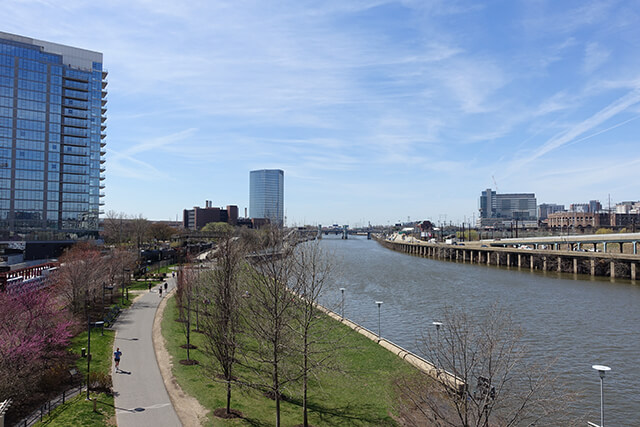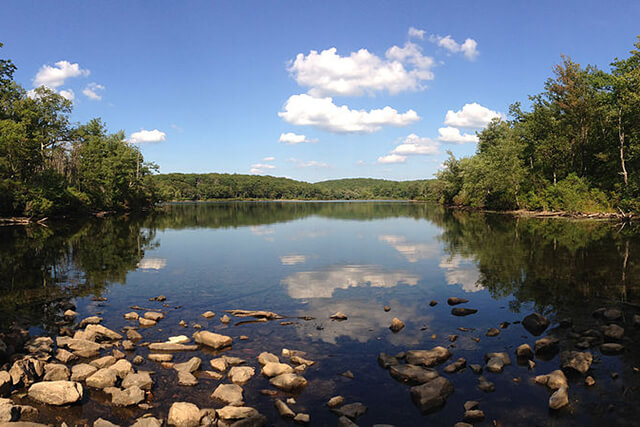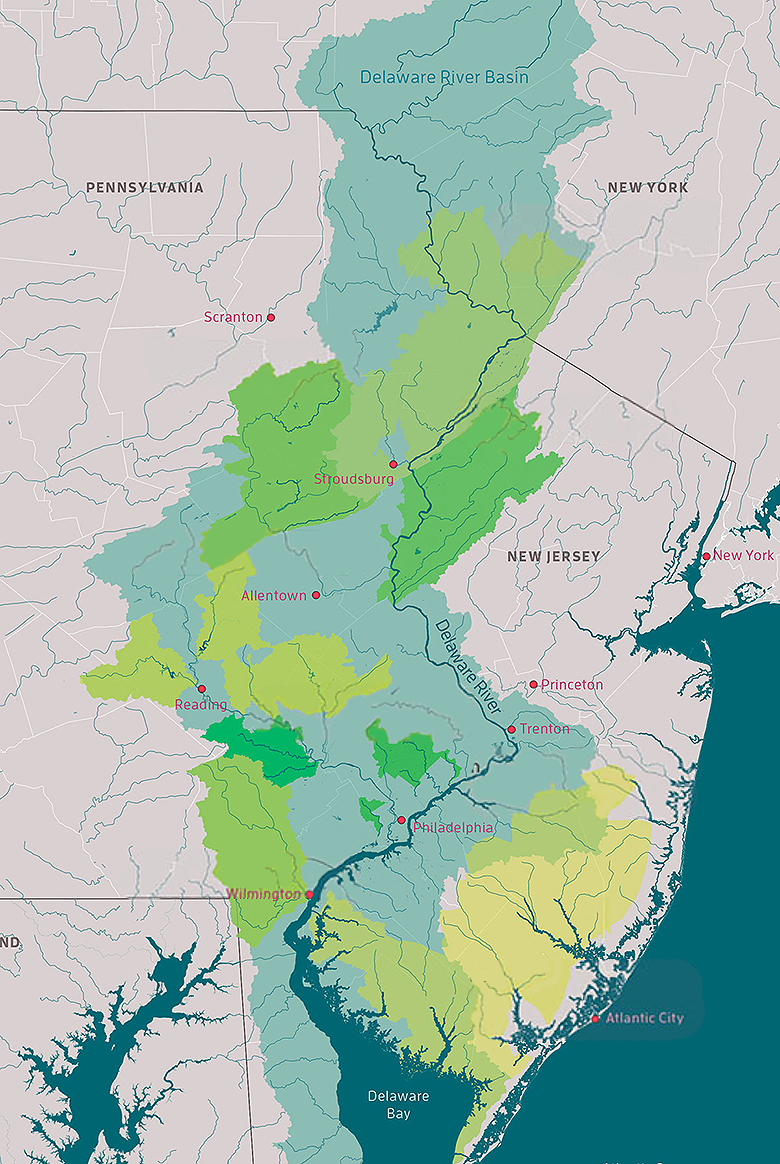The Delaware River Watershed Initiative is a new chapter in a long, proud history of local leaders championing clean water. In the 1730s, Benjamin Franklin led a petition drive to stop tanneries from dumping chemicals into a tributary of the Delaware. In the 1800s, significant conservation efforts took root in the Brandywine Valley, the Poconos and the Catskills.
Now, local leaders are building on this legacy of conservation. The Delaware River Watershed Initiative unites more than fifty organizations and countless home and landowners working to protect forests and farms, clean up streams, and make our cities and suburbs greener. From the New Jersey Highlands to the Pine Barrens, Pennsylvania farm country to Philadelphia and the bay, the Delaware River Watershed Initiative is bringing people together to ensure swimmable, fishable, drinkable water for years to come.



